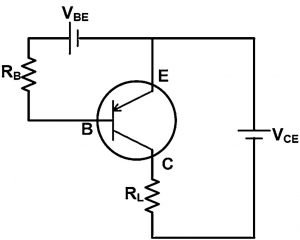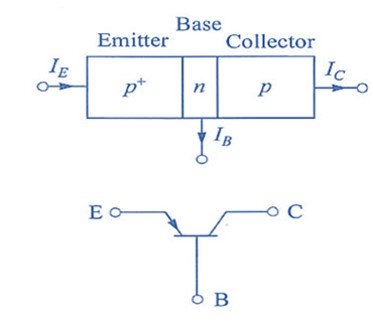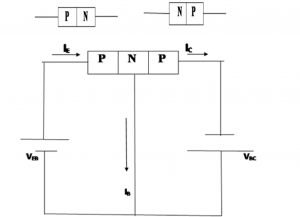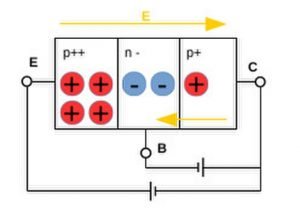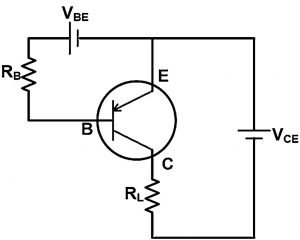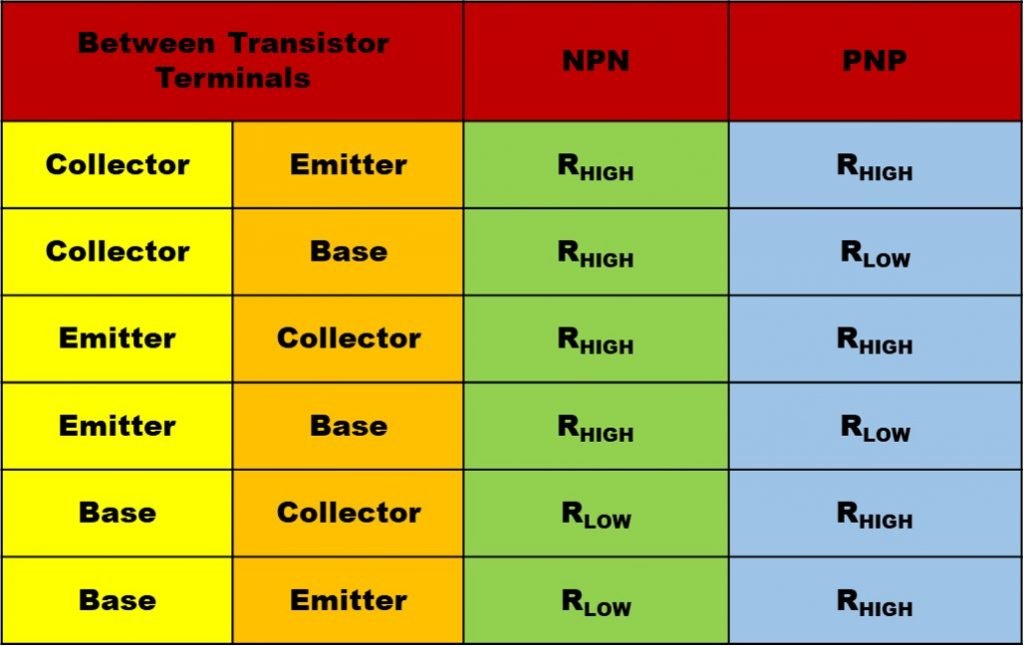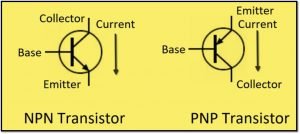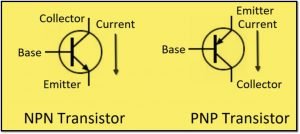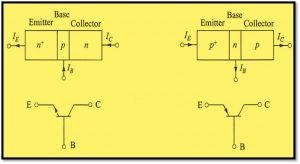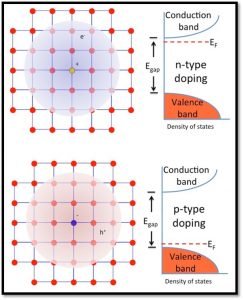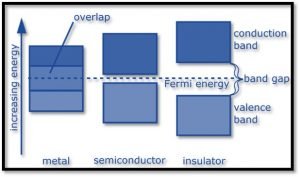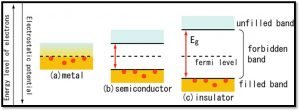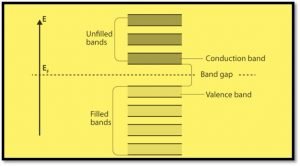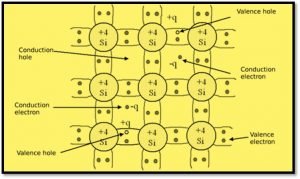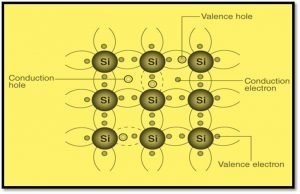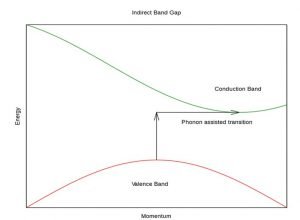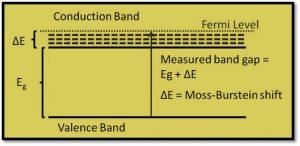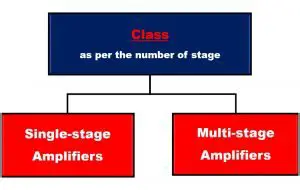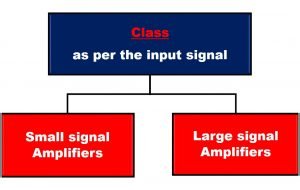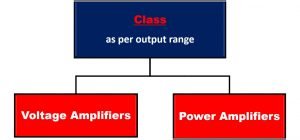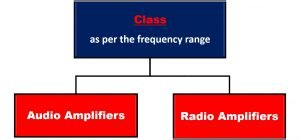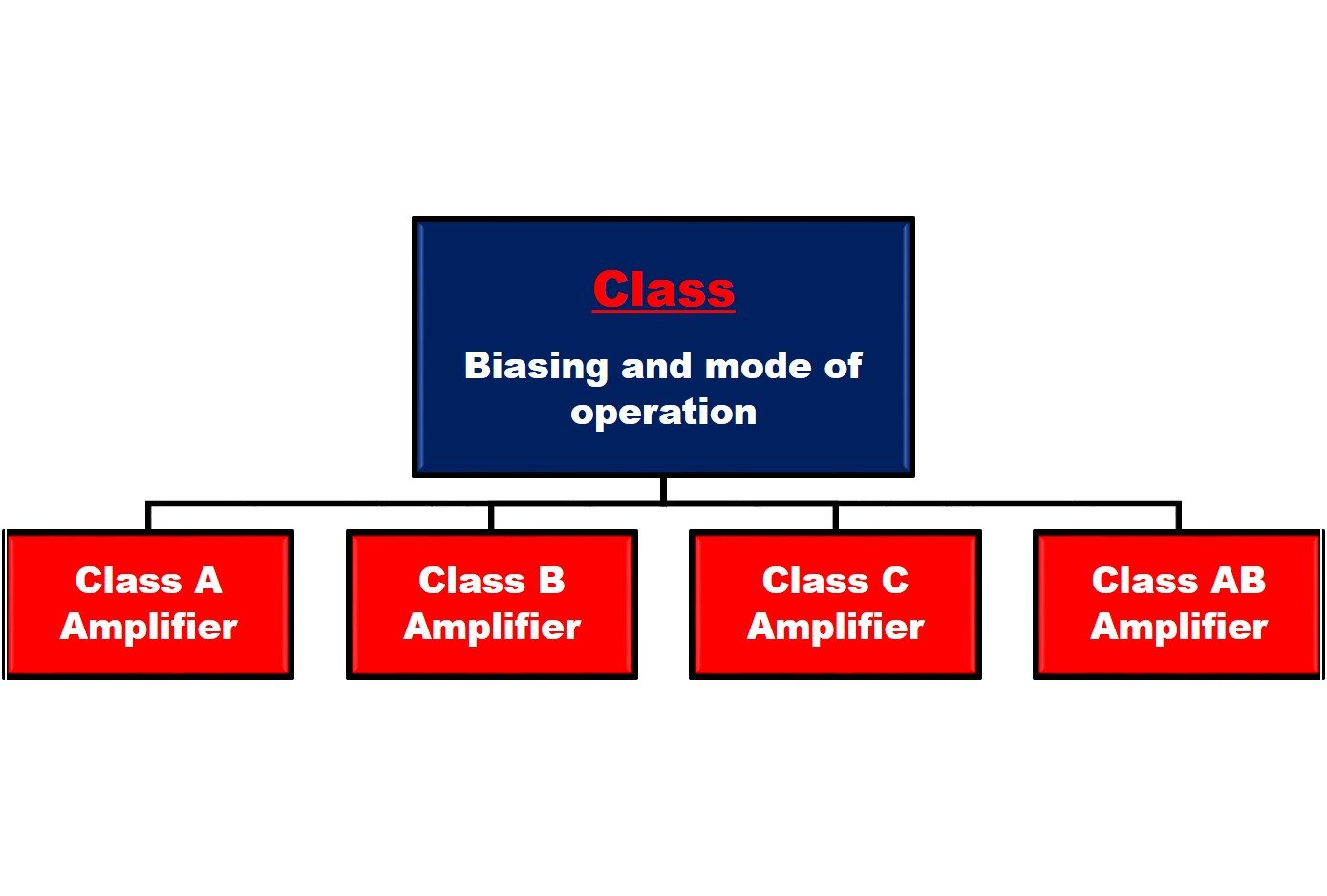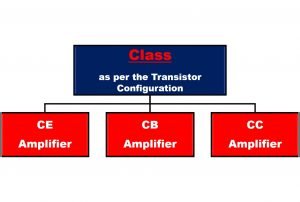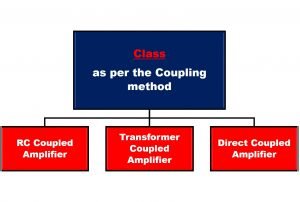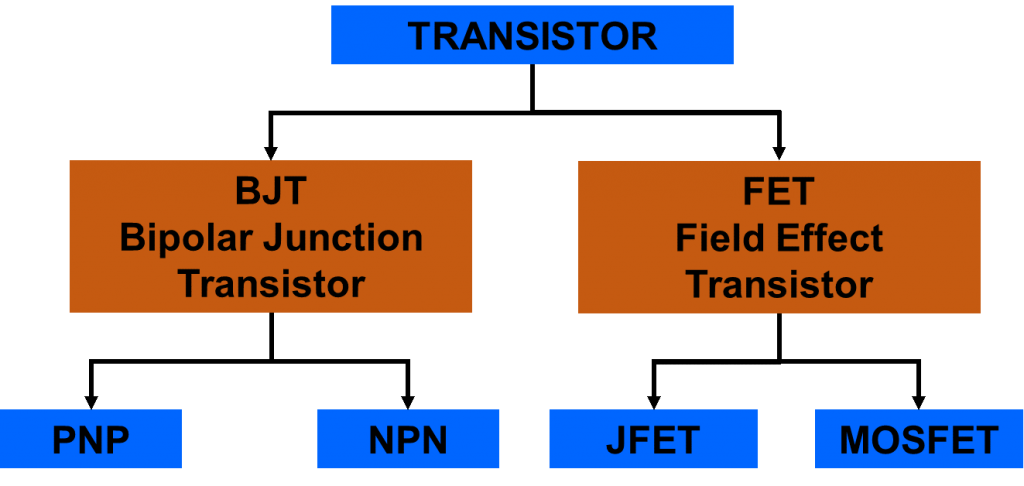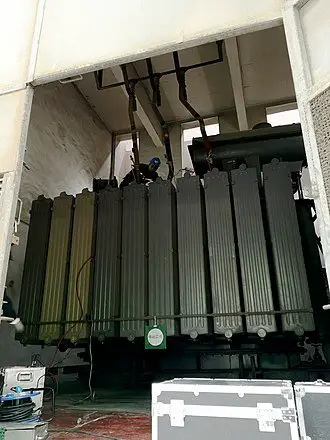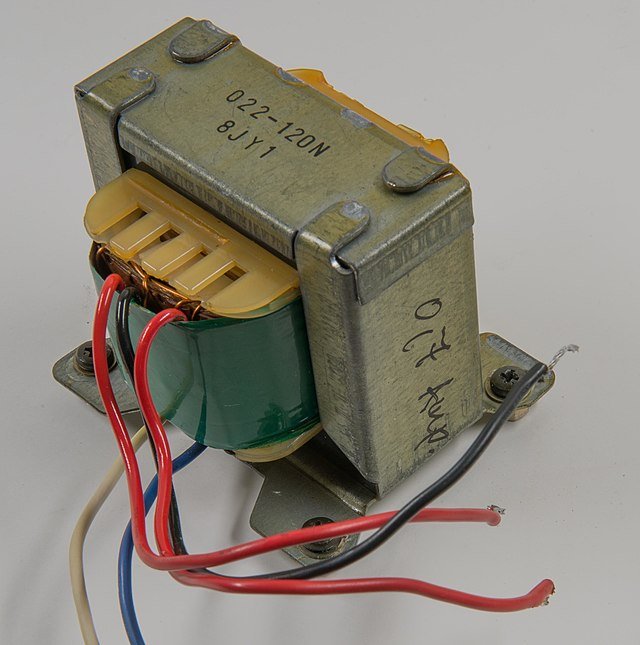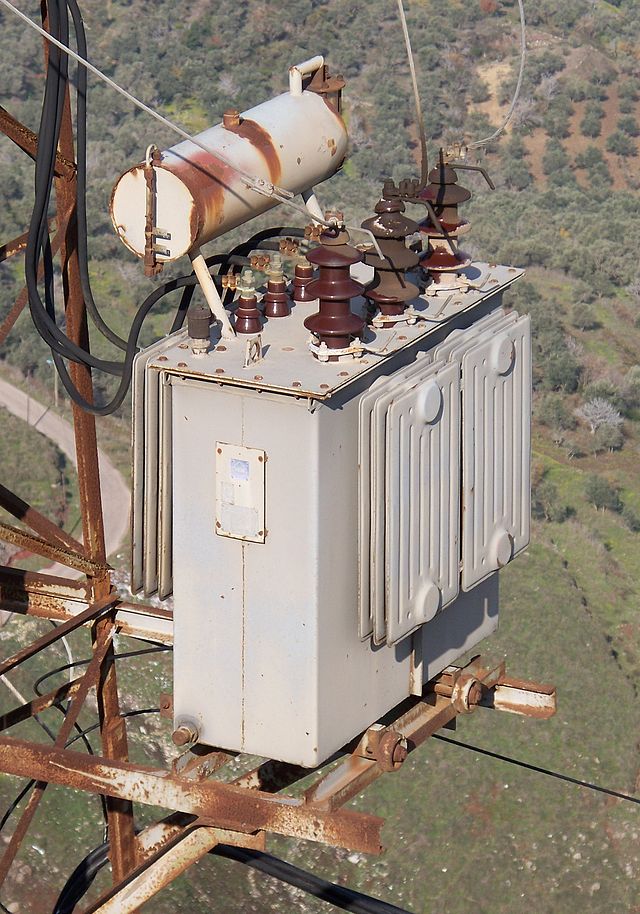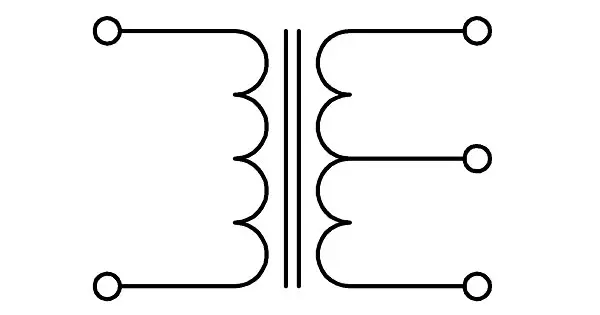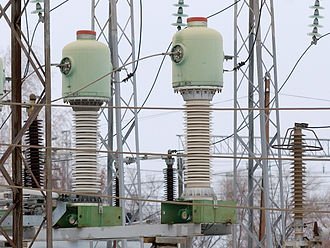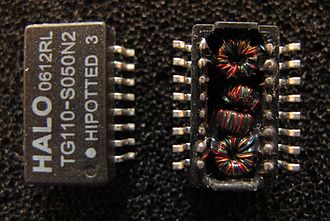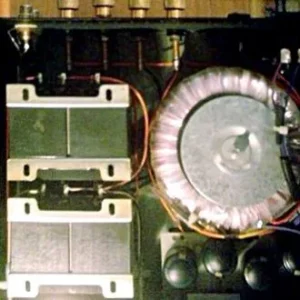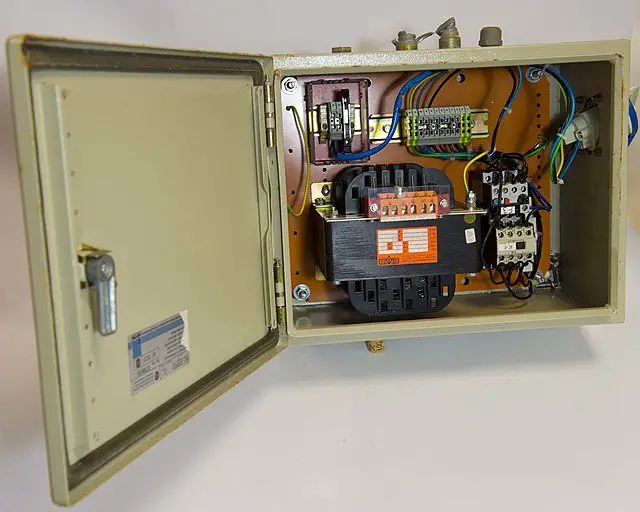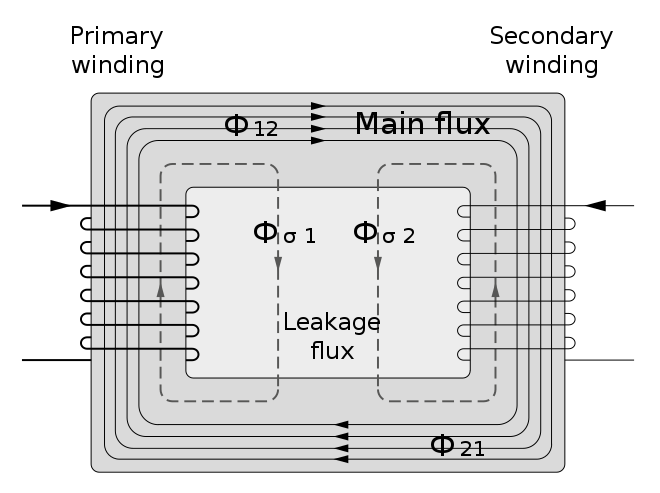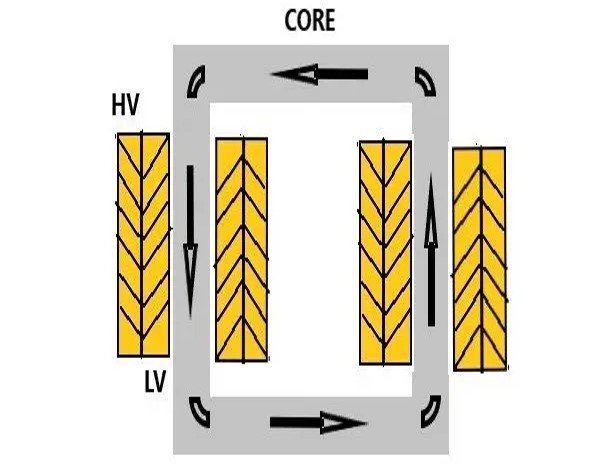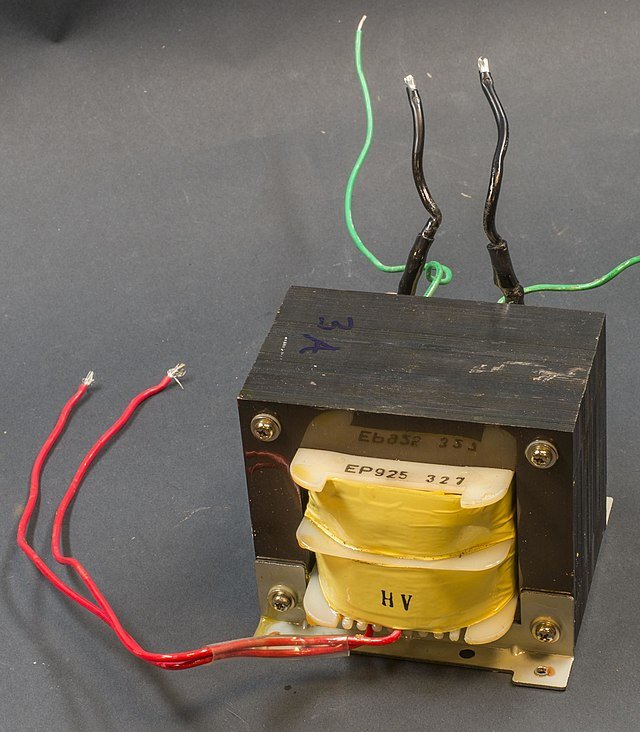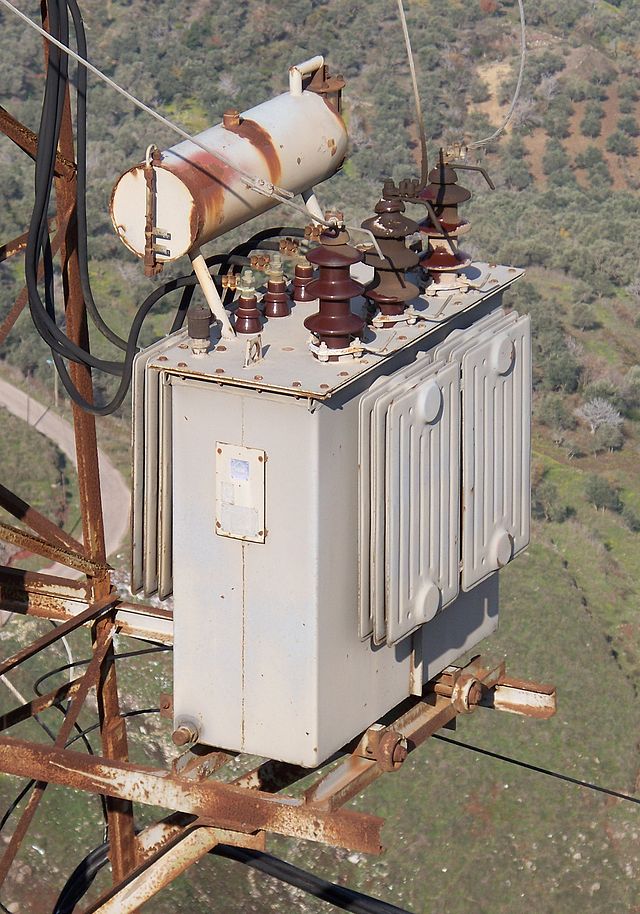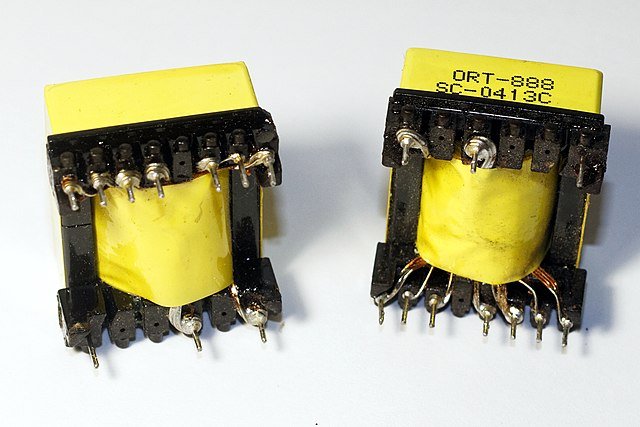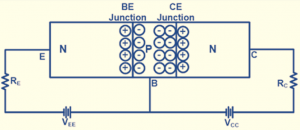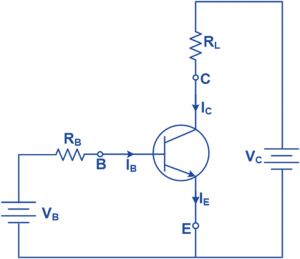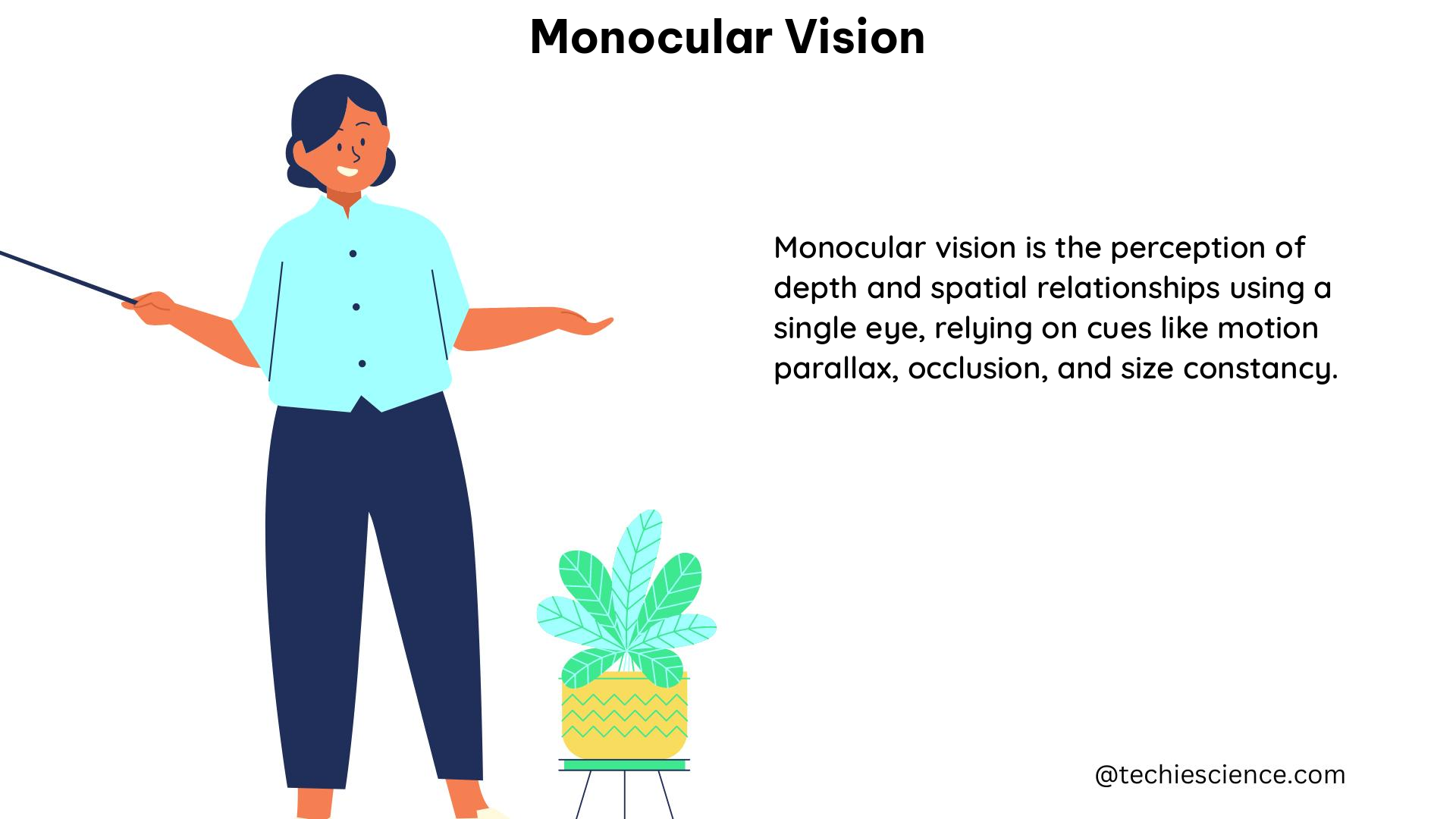The excimer laser is a type of laser that operates using a gas mixture to produce ultraviolet (UV) wavelength laser beams. The wavelength of the laser beam produced depends on the specific gas mixture used, with an Ar-F gas mixture lasing at 193 nm. The laser operates by exciting a diatomic molecule, such as an excimer or dimer, to a bound state, and then allowing it to transition to an unbound state, releasing energy in the form of light. This process is known as an excimer laser transition.
Understanding the Excimer Laser Mechanism
The excimer laser operates on the principle of the excimer laser transition, which involves the following steps:
-
Excitation: The gas mixture, typically containing noble gases (e.g., argon, krypton, or xenon) and halides (e.g., fluorine or chlorine), is excited by an electrical discharge or electron beam. This excitation process creates a population inversion, where more atoms or molecules are in the excited state than in the ground state.
-
Bound State Formation: The excited atoms or molecules form a temporary, bound state called an excimer (excited dimer) or exciplex (excited complex). This bound state is unstable and has a very short lifetime, typically on the order of nanoseconds.
-
Transition to Unbound State: The excimer or exciplex then transitions to an unbound, or dissociative, state, releasing the energy in the form of a UV photon. This transition is the basis of the excimer laser transition.
The specific wavelength of the UV laser beam produced by the excimer laser depends on the gas mixture used. Some common gas mixtures and their corresponding wavelengths are:
- Argon Fluoride (ArF): 193 nm
- Krypton Fluoride (KrF): 248 nm
- Xenon Chloride (XeCl): 308 nm
- Xenon Fluoride (XeF): 351 nm
Advantages of Excimer Lasers
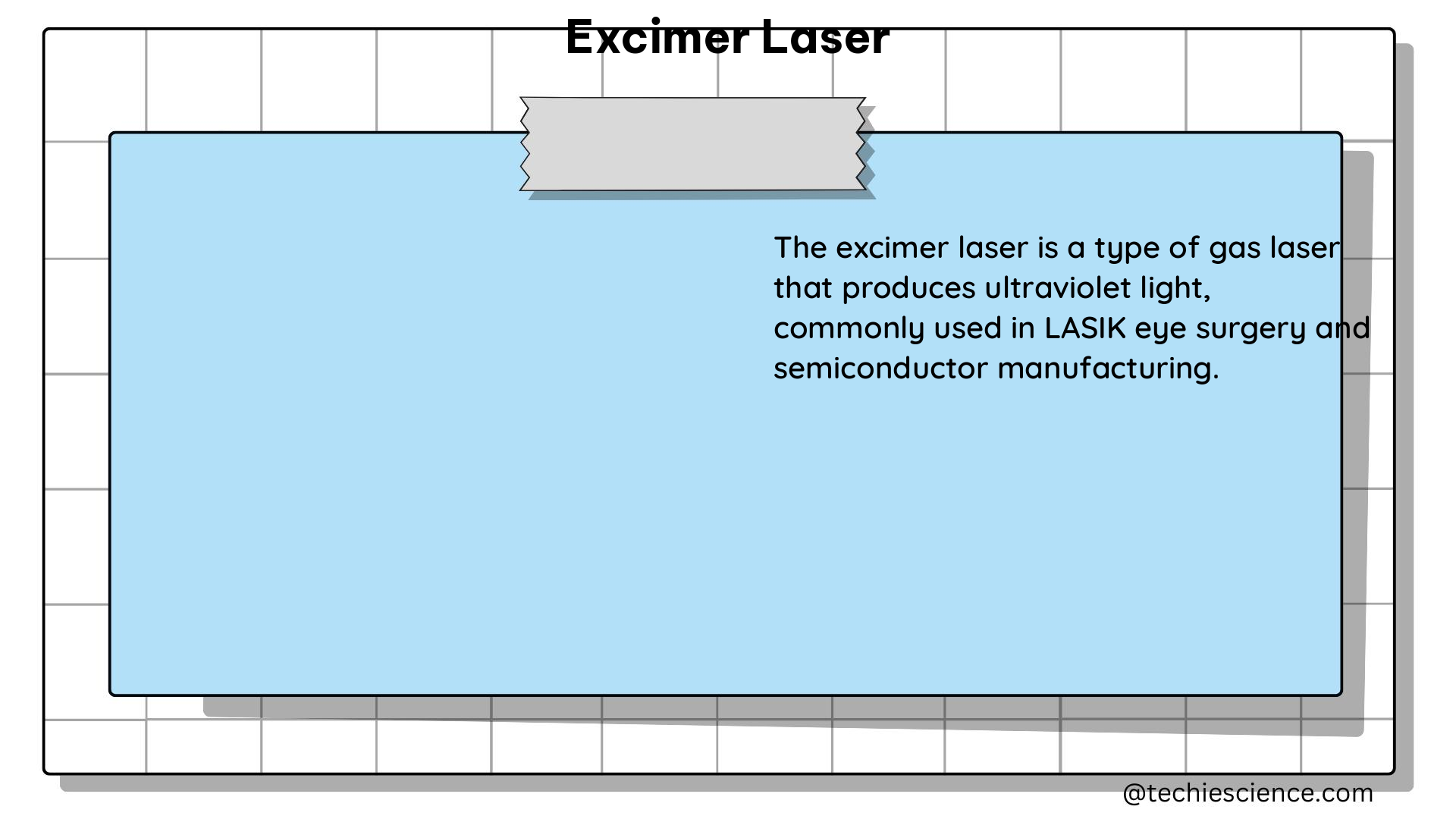
Excimer lasers possess several advantageous features compared to other types of lasers:
-
Broad Tunability: Excimer lasers have a wavelength range of approximately 1000 to 2000 Å, allowing for a wide range of applications.
-
High CW Saturation Power: Excimer lasers can achieve a maximum power of around 50 kW/cm, making them suitable for high-power applications.
-
Large High Power System Capability: Excimer lasers have a large high power system capability, with fewer parasitic problems due to their low gain.
-
Efficient Energy Conversion: Excimer lasers have a relatively high efficiency in converting electrical energy into UV laser energy, typically around 1-5%.
-
Short Pulse Duration: Excimer lasers can produce very short pulses, typically in the nanosecond range, which is useful for applications requiring high peak power.
Applications of Excimer Lasers
Excimer lasers have found a wide range of applications in various fields, including:
-
Microfabrication: Excimer lasers are used for precise microfabrication and micromachining, such as in the semiconductor industry for photolithography and thin-film deposition.
-
Ophthalmology: Excimer lasers, particularly the 193 nm ArF laser, are used in laser-assisted in-situ keratomileusis (LASIK) and other corneal reshaping procedures for vision correction.
-
Materials Processing: Excimer lasers are used for surface modification, thin-film deposition, and ablation of materials, including polymers, ceramics, and metals.
-
Lead Extraction in Cardiovascular Implantable Electronic Devices (CIEDs): Excimer lasers, operating at a wavelength of 308 nm, are used to dissolve tissue adhesions on CIED leads, allowing for safe extraction.
-
Spectroscopy and Analytical Chemistry: Excimer lasers are used as light sources in various spectroscopic techniques, such as laser-induced fluorescence and resonance-enhanced multiphoton ionization.
-
Laser Annealing: Excimer lasers are used for rapid thermal annealing of semiconductor materials, such as in the fabrication of thin-film transistors for display technologies.
-
Laser Ablation Mass Spectrometry: Excimer lasers are employed in laser ablation mass spectrometry for the analysis of solid samples, providing high spatial resolution and minimal sample preparation.
Technical Specifications of Excimer Laser Sheaths for Lead Extraction
The excimer laser sheaths used in lead extraction procedures for CIEDs have the following technical specifications:
- Wavelength: 308 nm
- Penetration Depth: 0.05 mm
- Pulse Repetition Rate:
- SLS® II: 40 Hz
- GlideLight™: 80 Hz
- Manufacturer: PHILIPS Healthcare, Amsterdam, The Netherlands
These excimer laser sheaths are used in a hybrid operating theater with fluoroscopy and a fully primed cardio-pulmonary bypass and perfusionist team on standby. The primary tool for extraction is the excimer laser sheath, although other tools such as mechanical rotating dilator sheaths and snares may also be used if necessary.
Conclusion
Excimer lasers are a versatile and powerful type of laser that operate using a gas mixture to produce UV wavelength laser beams. Their unique characteristics, such as broad tunability, high power, and efficient energy conversion, have made them valuable tools in a wide range of applications, including microfabrication, ophthalmology, materials processing, and lead extraction in CIEDs. By understanding the underlying principles and technical specifications of excimer lasers, science students can gain a deeper appreciation for this advanced laser technology and its diverse applications.
